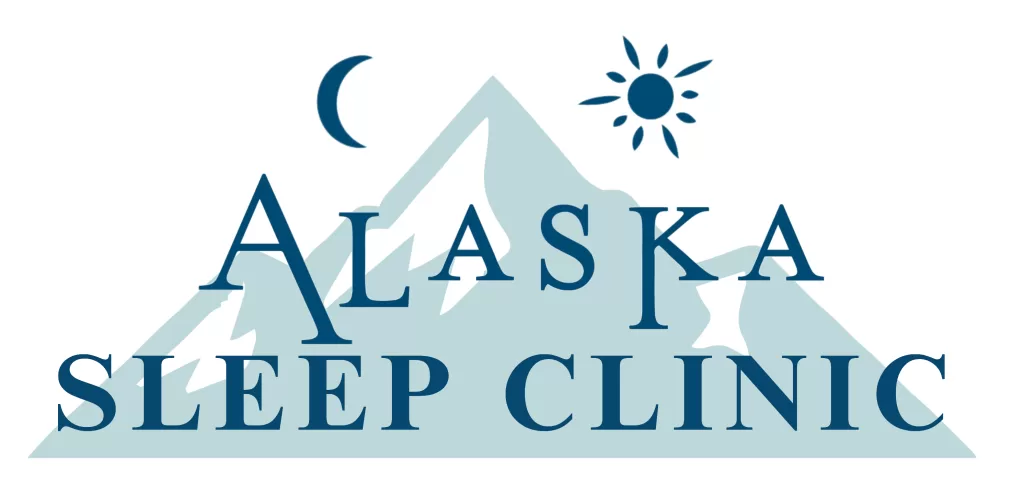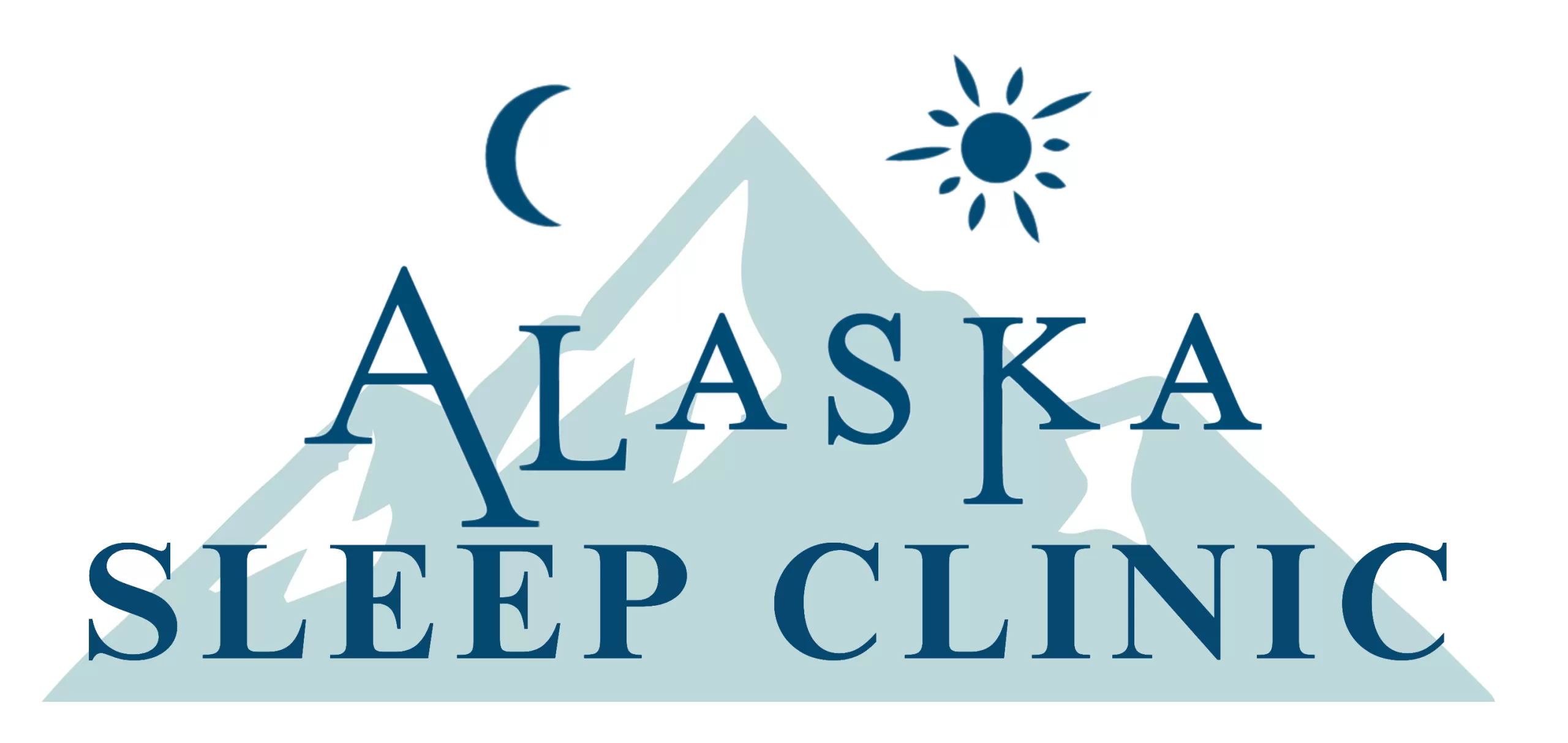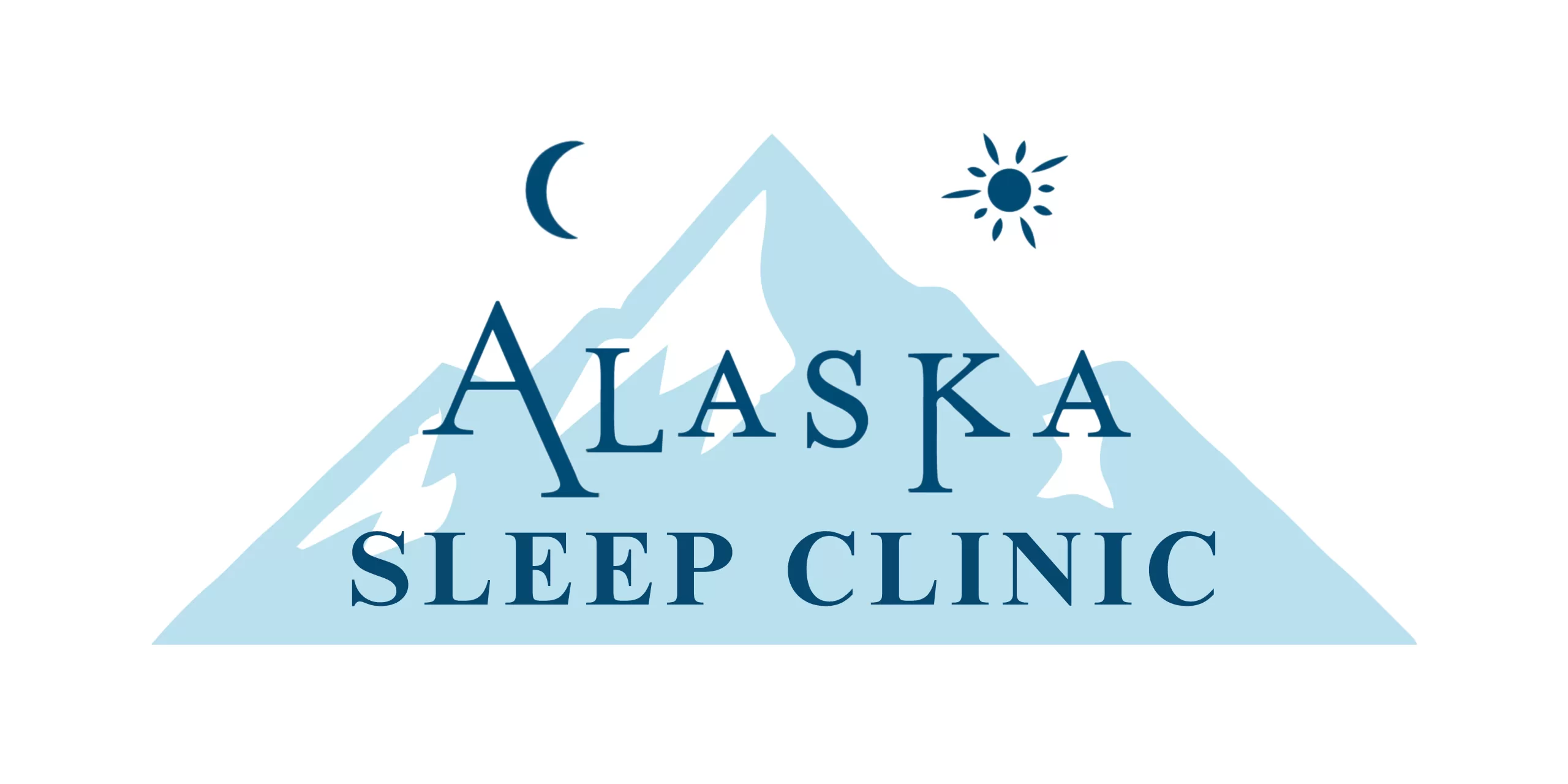
Research has shown that too little sleep results in daytime sleepiness, increased accidents, problems concentrating, poor performance on the job and in school, and possibly, increased sickness and weight gain.
Getting the right amount of sleep is vital, but just as important is the quality of your sleep. Biological conditions unique to women, like the menstrual cycle, pregnancy and menopause, can affect how well a woman sleeps.
This is because the changing levels of hormones that a woman experiences throughout the month and over her lifetime, like estrogen and progesterone, have an impact on sleep. Understanding the effects of these hormones, environmental factors and lifestyle habits can help women enjoy a good night’s sleep.
Common Sleep Problems
Nearly 40 million American men and women suffer from sleep disorders. However, sleep problems affect more women than men. New research exploring women’s sleep experiences may lead to specially tailored treatments.
Insomnia
Insomnia is the most common sleep problem. Women are more likely than men to report insomnia. In fact, according to the 2002 NSF Sleep in America poll, more women than men experience symptoms of insomnia at least a few nights a week (63% vs. 54%) and they are more likely to have daytime sleepiness.
Sometimes, women begin to have sleepless nights associated with menstruation, pregnancy or menopause and find it difficult to break poor sleep habits. Fortunately, there are a number of approaches to improving sleep, including those you can do yourself such as exercise, establishing regular bed and wake times, dietary changes (less or no caffeine and alcohol) and improving your sleep environment.
One recent study found that overweight, post-menopausal women who exercise in the morning experience less difficulty falling asleep and better quality sleep than evening exercisers.
Narcolepsy
Feeling sleepy during the day or at times you expect to be awake may indicate a need for more sleep, the presence of a serious but treatable disorder such as
 those already mentioned, or narcolepsy, a chronic neurological disorder that affects approximately one in 2000 people. Narcolepsy symptoms frequently appear in teen years. In addition to excessive daytime sleepiness, people with narcolepsy have sudden “sleep attacks” (an overwhelming urge to sleep), suddenly lose muscle tone or strength (cataplexy) and may have disturbed nighttime sleep. Women who are pregnant or considering having a child should discuss medications with their doctor. Recent scientific breakthroughs have led to a new understanding of the cause of this condition and new treatments have given doctors more ways to help manage its symptoms.
those already mentioned, or narcolepsy, a chronic neurological disorder that affects approximately one in 2000 people. Narcolepsy symptoms frequently appear in teen years. In addition to excessive daytime sleepiness, people with narcolepsy have sudden “sleep attacks” (an overwhelming urge to sleep), suddenly lose muscle tone or strength (cataplexy) and may have disturbed nighttime sleep. Women who are pregnant or considering having a child should discuss medications with their doctor. Recent scientific breakthroughs have led to a new understanding of the cause of this condition and new treatments have given doctors more ways to help manage its symptoms.Restless Legs Syndrome (RLS) and Periodic Limb Movement Disorder (PLMD)
RLS is a neurological movement disorder that affects as many as 12 million Americans. Its symptoms are outlined above. Because the unpleasant feelings occur at rest and are relieved by movement, RLS sufferers have difficulty sleeping.
In the NSF 2002 Sleep in America poll, 18% of the female adult population reported RLS symptoms a few nights a week or more. Due to difficulties sleeping, RLS can lead to daytime sleepiness, mood swings, anxiety and depression. One study found that 42% of those with RLS stated that it affected their relationship with their partner.
Although we do not know the exact cause of RLS, recent research indicates that iron or folate deficiency may be a risk factor. Treatment may include iron or vitamin supplements, lifestyle changes, and medications.
About 80% of those with RLS also have PLMD or involuntary leg twitching or jerking movements during sleep that can occur every 20-30 seconds. These symptoms can be bothersome to a bed partner but are also treatable.
Shift Work
Shift workers — about one in five Americans — work non-traditional hours (not the typical hours of 9 a.m. to 5 p.m. ). Difficulty falling asleep is a common effect as is obtaining quality sleep during the day hours.
Women who work on the night shift get less sleep and more disrupted sleep. Shift workers, in general, report more sleep-related accidents and illnesses. Night and rotating shifts can put a strain on a family when less time is available to meet family/home responsibilities and enjoy recreational and social activities. Female shift workers also suffer irregular menstrual cycles, difficulty getting pregnant, higher rates of miscarriages, premature births and low birth-weight babies more than regular day working women, according to several large studies. Still, most shift-working women do have normal, healthy babies.
Changes in exposure to light and lost sleep caused by shift work may have biological or hormonal effects that are not yet entirely understood.
One large study of women who worked night shifts over a 3-year period found a 60% greater risk for developing breast cancer. Women shift workers should consult their doctor if experiencing menstrual difficulties, infertility, pregnancy or other medical conditions/ problems.
Sleep Apnea
Sleep apnea is a serious sleep disorder that is characterized by snoring, interrupted breathing during sleep and excessive daytime sleepiness. An estimated 18 million Americans have sleep apnea including one in four women over 65.
While apnea is more common in men, it increases in women after age 50. Because being overweight is a risk factor for sleep apnea, the increase in abdominal fat during menopause may be one reason menopausal women are 3.5 times as likely to get this sleep disorder. Some attribute the prevalence to hormonal changes such as the decrease in progesterone.
Studies have also found that sleep apnea is associated with increased blood pressure, a risk for cardiovascular disease and stroke. If any of these symptoms appear, it is important to address them with your doctor. A number of effective treatment approaches are available.
Do women need more sleep than men?
Yes, according to Dr. Jim Horne, Britain’s leading expert in sleep science. In an article published in the Daily Mail, Horne explained that on average women need twenty more minutes of sleep than men. The researcher pointed out that women tend to multi-task and use more of their actual brain than men leading to a greater need for sleep. Essentially, the more you use your brain during the day, the more it needs to rest while asleep.
While women need more sleep than men, many are not getting the proper amount. There are several factors that may affect women’s quantity and quality of sleep:
Sleep disturbances during pregnancy due to excess weight and position of the fetus.
Difficulty sleeping during menopause due to hot flashes.
Being woken up and moved around on the bed by the partner. (Men tend to be larger than women)
Worrying about problems and losing sleep as a result.
The National Sleep Foundation recommends combating insomnia by getting regular exercise, setting routine bed and wake times, limiting caffeine and alcohol intake, and improving the sleep environment. If insomnia persists, women can talk to their doctors about sleep to determine other steps they can take to improve their sleep.
Remember that hormones and stress from work or home aren’t the only causes of sleep deprivation in women. If you are worried about your sleep patterns, make an appointment today with Alaska Sleep Clinic in Anchorage, Fairbanks, Soldotna, or Wasilla to rule out any medical causes for your sleep issues.












